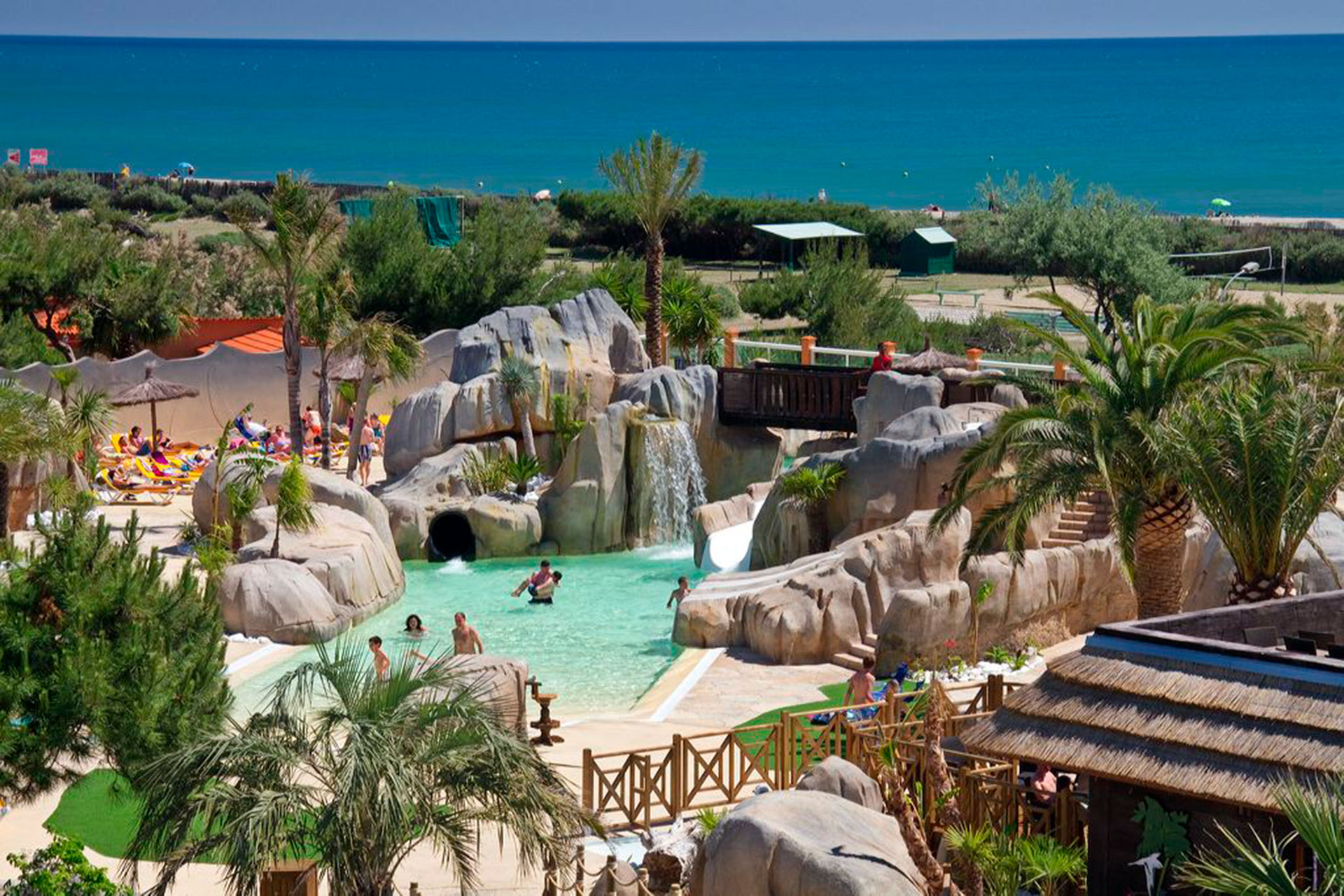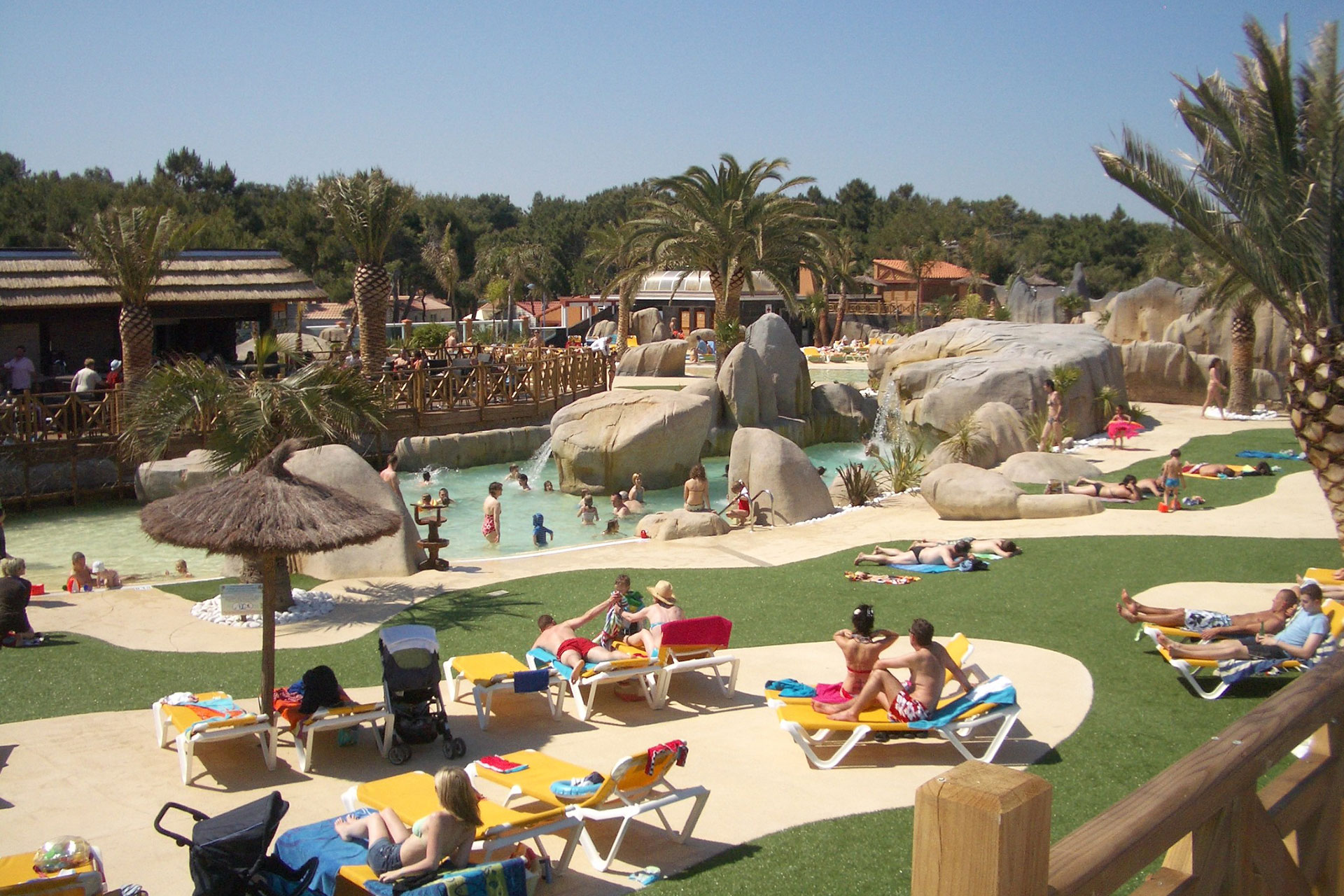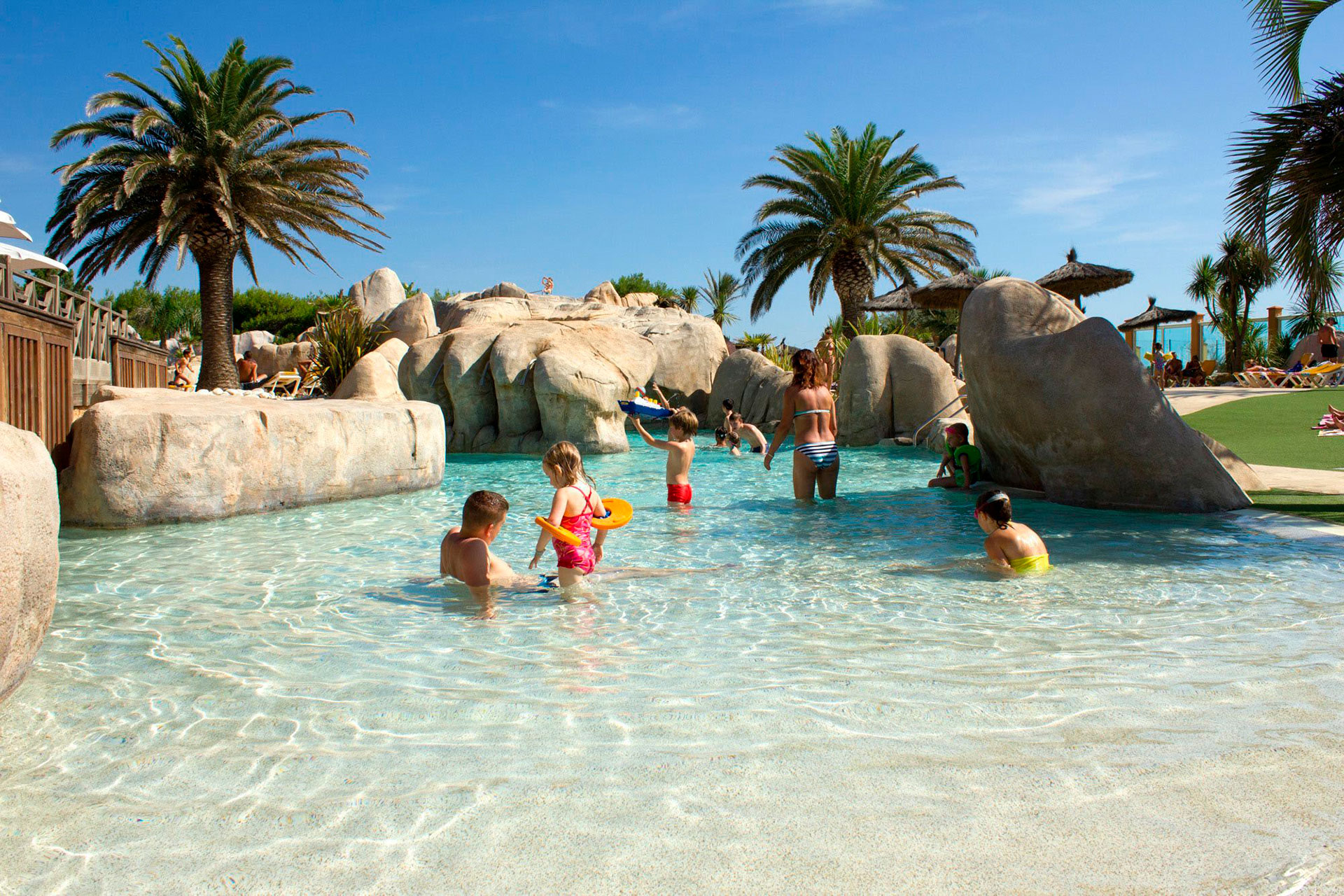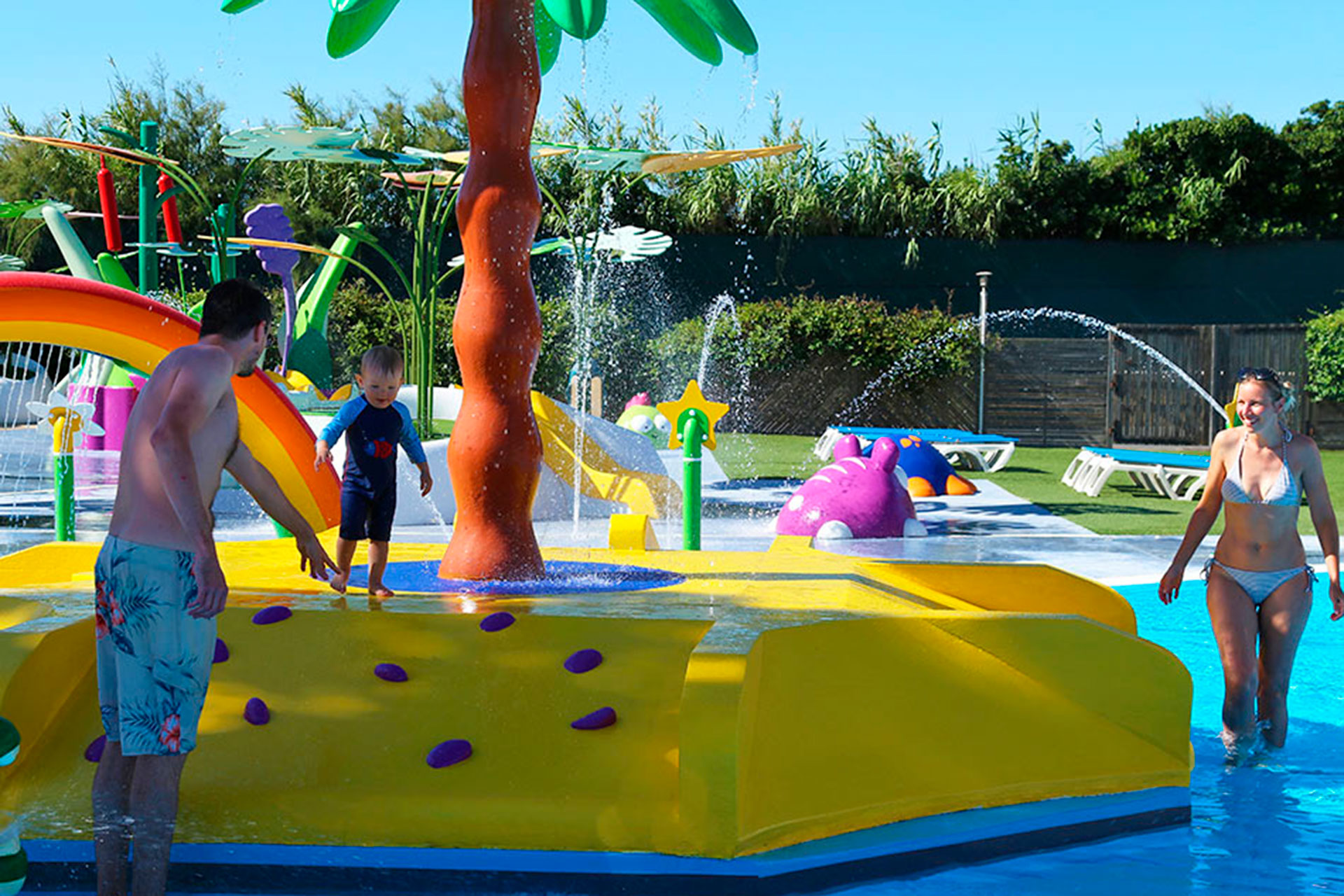Recent capital movements in the camping tourism sector suggest that it is an economic area in good health. The investor interest in it is apparent, judging by the major operation recently announced by the newspaper El Economista, according to which the French infrastructure fund Infravia acquired 50% of Sandaya for 400 million euros. Sandaya is one of the major European campsite chains, a leader in France and with a presence in Spain, amongst other European countries. Its offer includes 37 4- and 5-star campsites (as of 05/2021), selected for the beauty of their surroundings and their well-maintained facilities. These include water parks with slides, lagoons and large outdoor or heated swimming pools. Its catalogue also includes various types of accommodation, including mobile-homes, chalets, lodge-tents and cabins, as well as pitches for tents, caravans and camper vans. Infravia now owns 50%, a percentage that belonged to the British company Apax Partners since 2016. Over the last five years, Sandaya has seen its turnover triple.
Another sign, not only of good health, but also of the renewal of the camping tourism sector, was seen at the beginning of 2020, when the Barcelona-based alternative investment fund, Meridia Capital Partners, SGEIC, S.A., announced the creation of a joint-venture to found WeCamp. The division of roles in the joint-venture consisted of Meridia’s investment in the ownership of the assets and WeCamp’s investment in their operation. This new entity specialises in the management of sustainable, eco-friendly campsites, with a focus on Spain and Portugal. The objective with which it was announced, was to renew the traditional offer with a camping model focused on avant-garde design and special care for nature.
Víctor Iborra, director of real estate investments at Meridia Capital, explained this to Webcapitalriesgo: “this new product (…) covers a market segment that is particularly in demand from clients, but which is currently under-served in Spain and Portugal“. The latest news regarding the joint-venture, after the first purchase of a 6-hectare facility in Santa Cristina d’Aro, on the Costa Brava, concerns two more investments, one in Cala Montgó, also on the Costa Brava, and another in Cabo de Gata, Almería.
Finally, in addition to the capital movements and investments that drive the camping sector from the supply perspective, we must also consider the demand factor. In this respect, the Spanish Federation of Campsites recently reported that bookings in the sector had increased by 30%, especially for the months of July and August. Awaiting the opening of borders to international travellers, everything seems to indicate that the expectations of the camping sector in the medium and long term are very promising. Let’s hope they are.
Sources: Camping Profesional, El Economista, Webcapitalriesgo, Federación Española de Campings.











